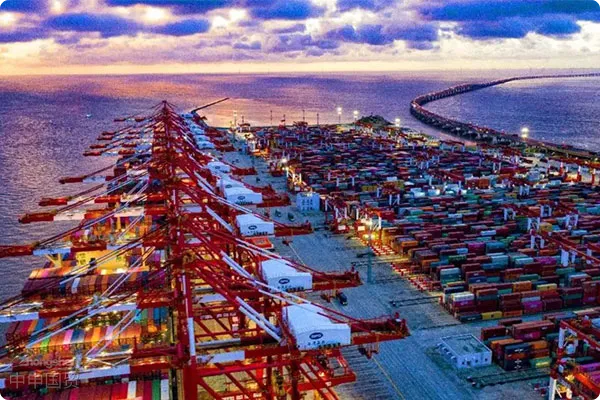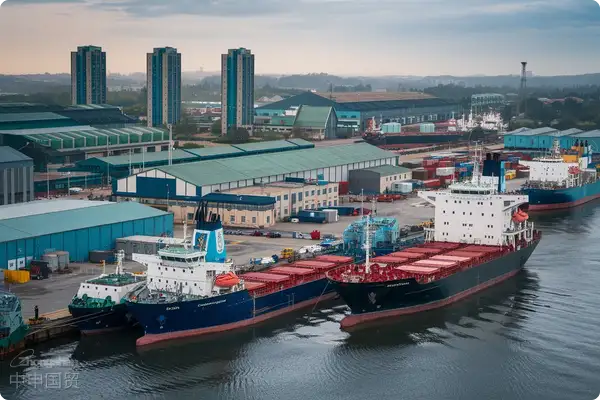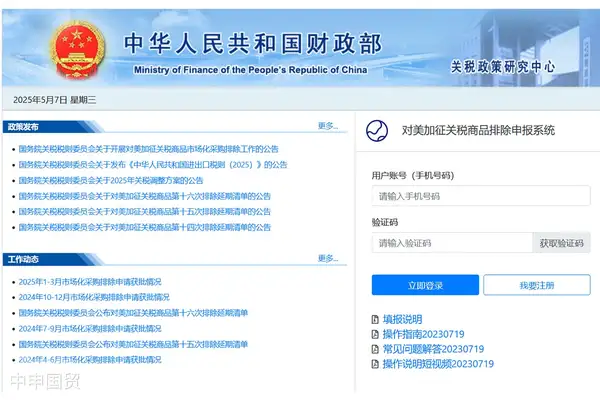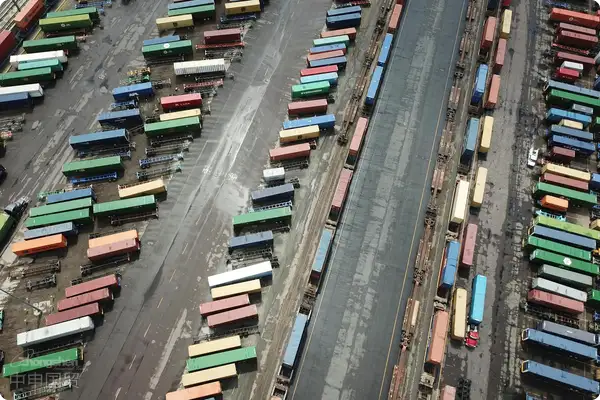- Shanghai Zhongshen International Trade Co., Ltd. - Two decades of trade agency expertise.
- Service Hotline: 139 1787 2118

equipment. For example, Indonesia has the SNI certification, Thailand has the TISI certification, and the Philippines has the BPS certification. It is necessary to confirm in advance the equipment voltage (such as 380V/50Hz in Thailand), the compatibility of the CE certification, and the proof of environmentally friendly materials.The invisible battlefield of customs clearance
Latest 2025 data from the General Administration of Customs shows that clearance times for electromechanical equipment imports have increased by 1.8 working days year-on-year, with 63% of delays stemming from documentation flaws. While business owners focus on equipment purchase prices, they often overlook the hidden cost black holes that can erode profits during clearance.
Three fatal misconceptions about equipment imports
Misconception 1:Assuming HS codes can be self-determined. The 2025 tariff schedule added 217 new subcategories for electromechanical products. One laser cutter importer overpaid 27% in tariffs due to misusing 8537.10 code.
Misconception 2:Underestimating customs valuation scrutiny. When importing used equipment, customs may require six types of price verification documents including original manufacturer invoices and bank statements.
Misconception 3:Overlooking certification lead times.Medical EquipmentCategory equipment requires applying for Import Medical Device Registration Certificates six months in advance. One CT scanner importer incurred daily 0.5% cargo value demurrage fees due to certification delays.
Breakdown of professional agency clearance service process
- Pre-declaration phase (T-30 days)
- In-depth analysis of equipment technical parameters
- Tariff classification pre-confirmation (error rate ≤0.3%)
- It is recommended to verify through the following methods:Pre-clearance verification
- Clearance implementation phase (T-0 day)
- Smart declaration system automatically verifies 128 data points
- Immediate response mechanism for valuation disputes
- Local inspection coordination services
- Post-clearance management phase (T+90 days)
- Supervision of duty-free equipment usage
- Royalty payment declarations
- AEO certification consulting services
2025 agency service selection criteria
Professional agencies should possess:
- Customs AEO Advanced Certification qualification
- Specific equipment import case database (recommended to review customs clearance records of similar equipment in the past 3 years)
- Local customs pre-ruling application channel
- Emergency guarantee fund pool (recommended ≥5 million RMB)
Innovative solutions for risk hedging
A semiconductor equipment import case shows that professional agencies reduced clearance costs by 36% through the following combined strategies:
- Utilizing RCEP rules of origin for tariff planning
- Applying the two-step declaration mode to shorten clearance time
- Establishing a price dispute reserve fund to address valuation risks
When you next receive an FOB quote from equipment suppliers, be sure to calculate the potential 15-28% hidden costs in the clearance process. Choosing an agency service provider with professional customs clearance capabilities for mechanical and electrical equipment will become a key defense line to protect project profits.
Related Recommendations
? 2025. All Rights Reserved. Shanghai ICP No. 2023007705-2  PSB Record: Shanghai No.31011502009912
PSB Record: Shanghai No.31011502009912










